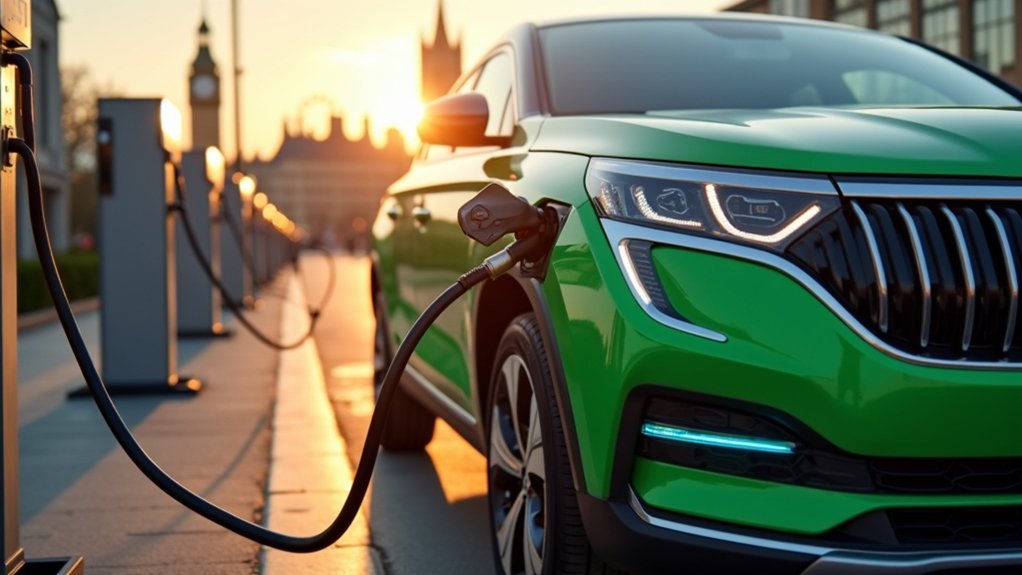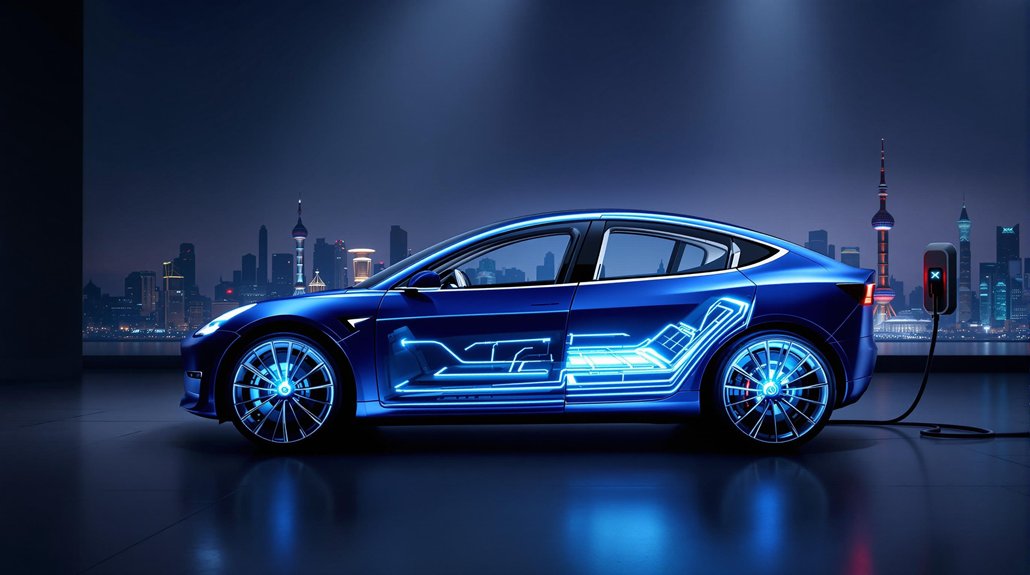While electric vehicles have made tremendous strides in replacing internal combustion engines, the EV revolution must evolve beyond merely substituting gasoline with batteries to truly transform transportation. The industry’s myopic focus on propulsion systems alone risks missing the broader technological convergence that could redefine mobility. Solid-state batteries represent a quantum leap beyond conventional lithium-ion cells, offering not just incremental but transformative improvements in energy density, charging speed, and safety profiles.
The future of EVs lies not in replacing gas tanks, but in reimagining vehicles as mobile technology platforms.
Manufacturing processes themselves are undergoing radical reinvention. Gigafactories now leverage AI-driven quality control systems that have slashed defect rates by orders of magnitude. Digital twin technology enables real-time production optimization that would have seemed like science fiction a decade ago. I’ve observed these systems reduce downtime by up to 37% while simultaneously increasing production flexibility. With Tesla maintaining a 44% market share of U.S. electric vehicles in 2024, their manufacturing innovations have set industry standards.
The charging ecosystem is similarly evolving beyond simple power delivery. Ultra-fast chargers now routinely deliver 350kW charging rates, replenishing 80% capacity in under 20 minutes. More intriguing is the bidirectional charging capability emerging across vehicle platforms, effectively transforming each EV into a mobile power storage unit capable of grid stabilization during peak demand periods. These advancements provide practical utility that extends beyond conventional transportation. The rapid expansion of charging infrastructure across both urban and rural areas is addressing range anxiety that previously hindered EV adoption.
EVs are becoming sophisticated digital platforms rather than mere transportation appliances. Over-the-air functionality updates continuously enhance vehicle capabilities post-purchase, while integrated ADAS systems edge toward Level 3 autonomy. These vehicles now generate upwards of 25TB of data daily, creating unprecedented opportunities for predictive maintenance and personalized driving experiences.
Affordability remains the linchpin of widespread adoption. The cost curve for battery technology continues its precipitous decline, with pack-level pricing approaching the critical $100/kWh threshold. Competition has intensified as legacy automakers commit to substantial EV portfolios, driving economies of scale previously monopolized by early market entrants.
The true EV revolution will materialize only when we conceptualize these vehicles as mobile energy and computing platforms that happen to provide transportation, rather than simply automobiles without tailpipes.









